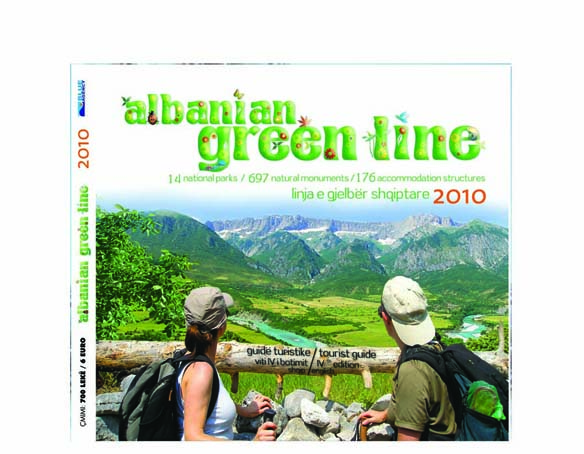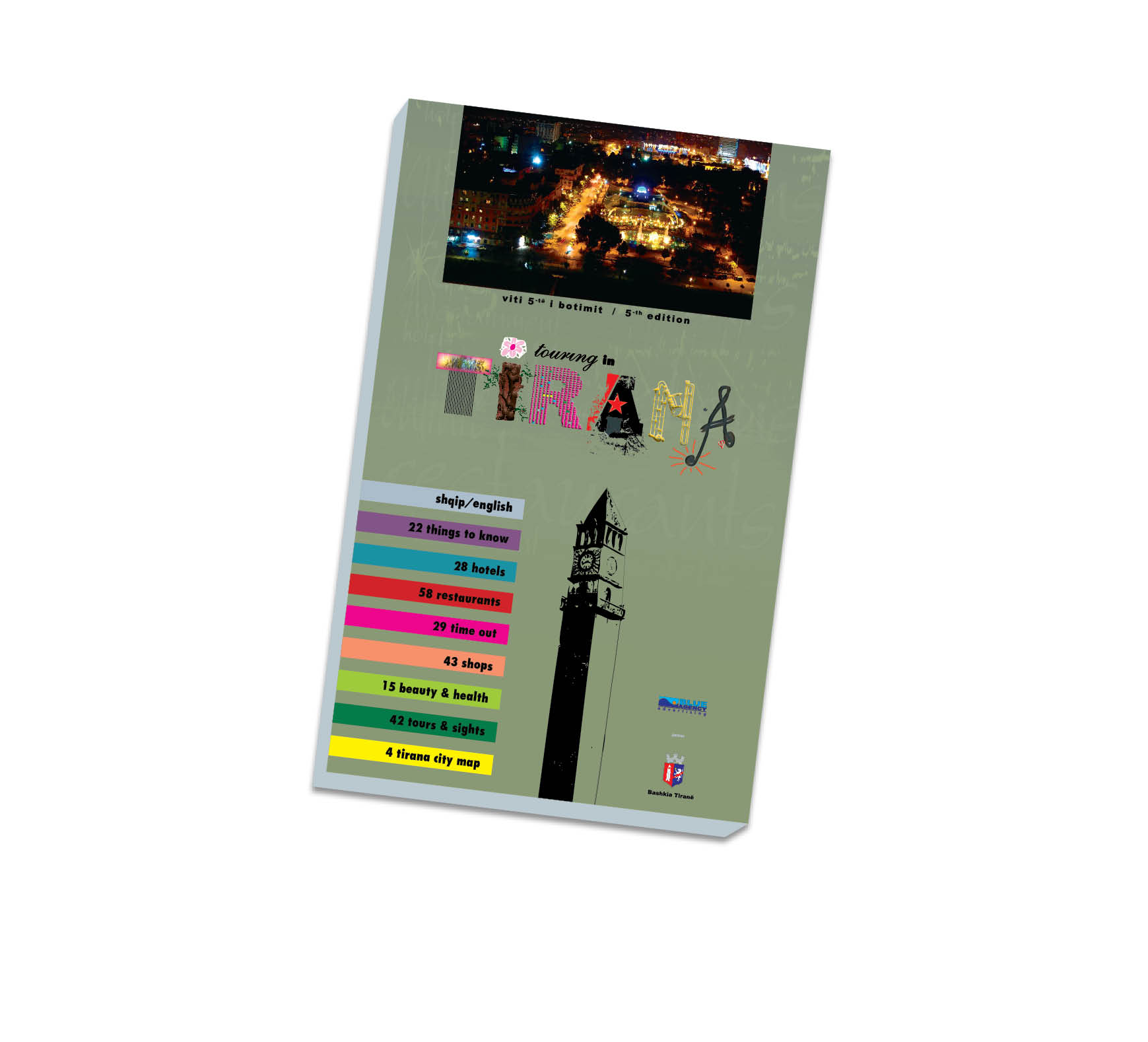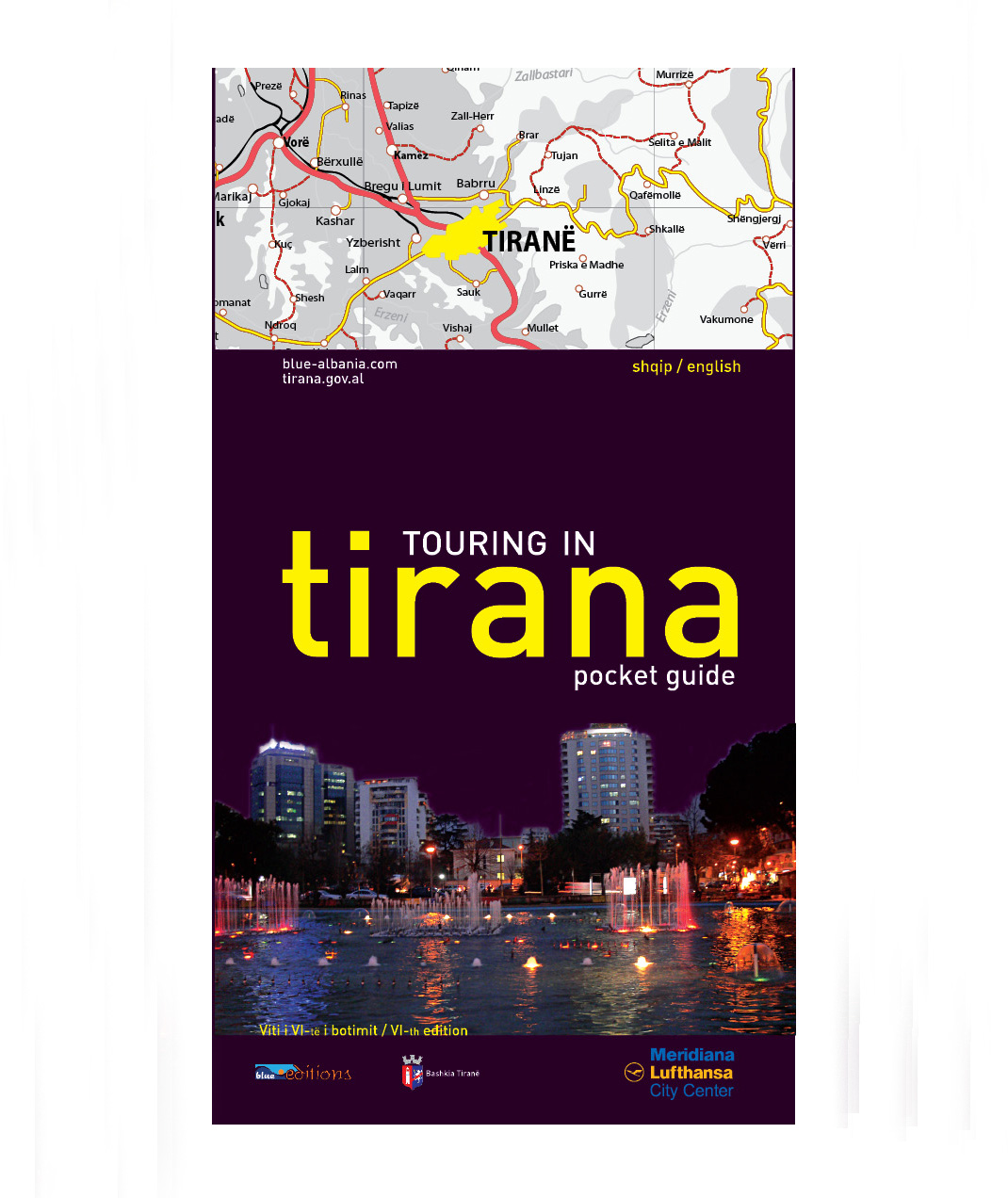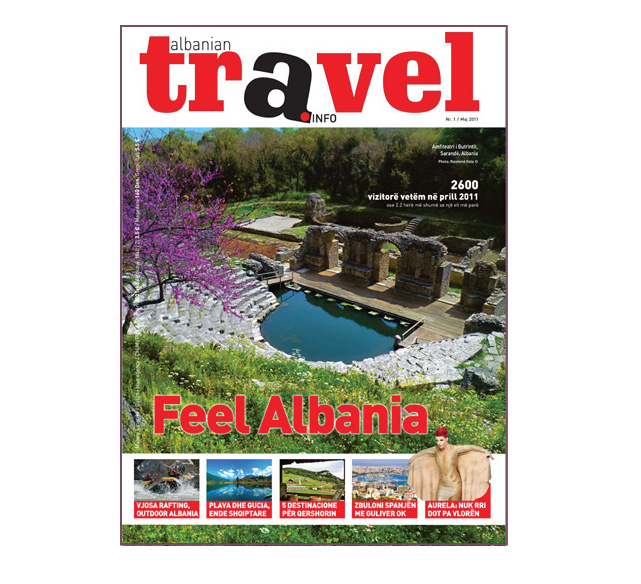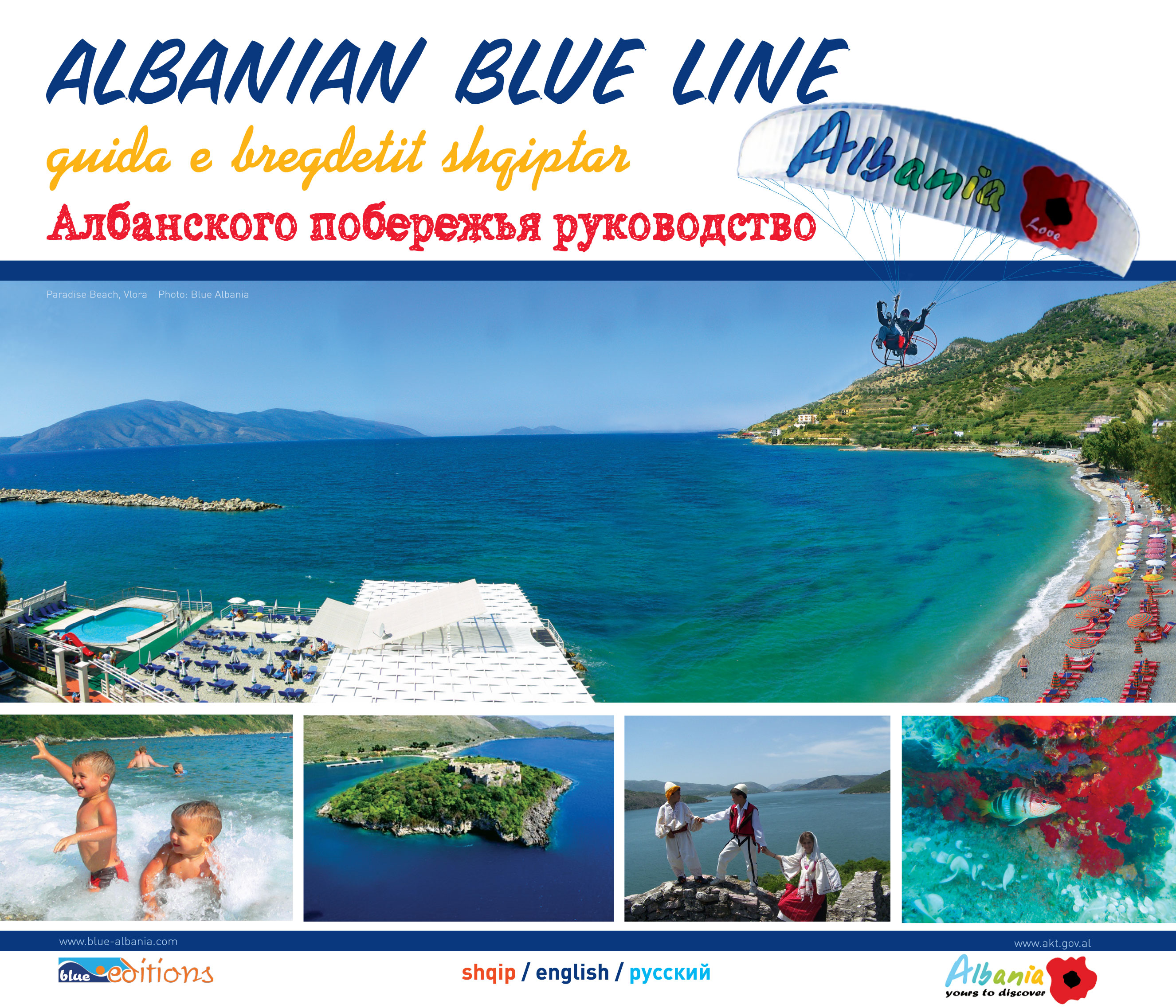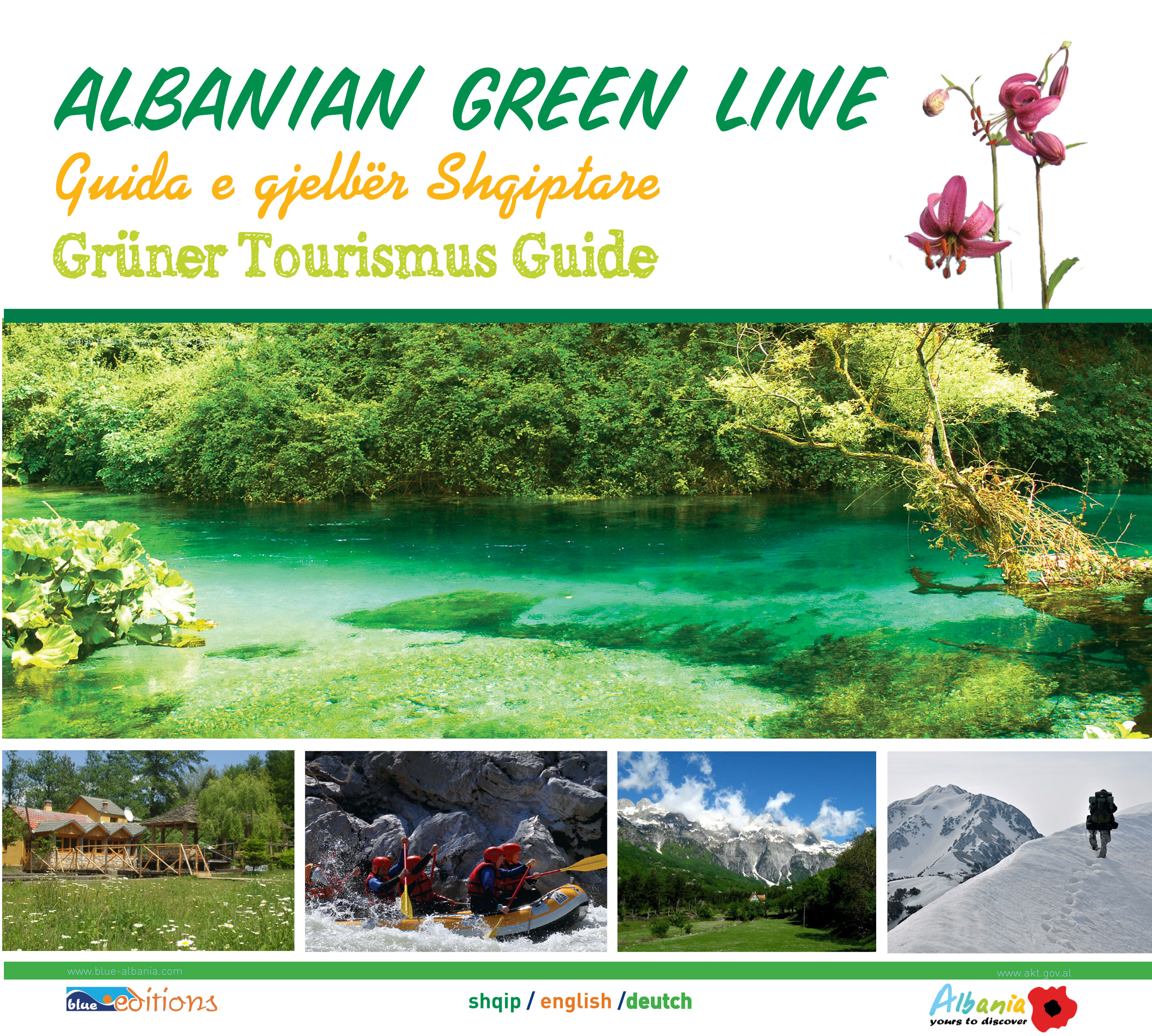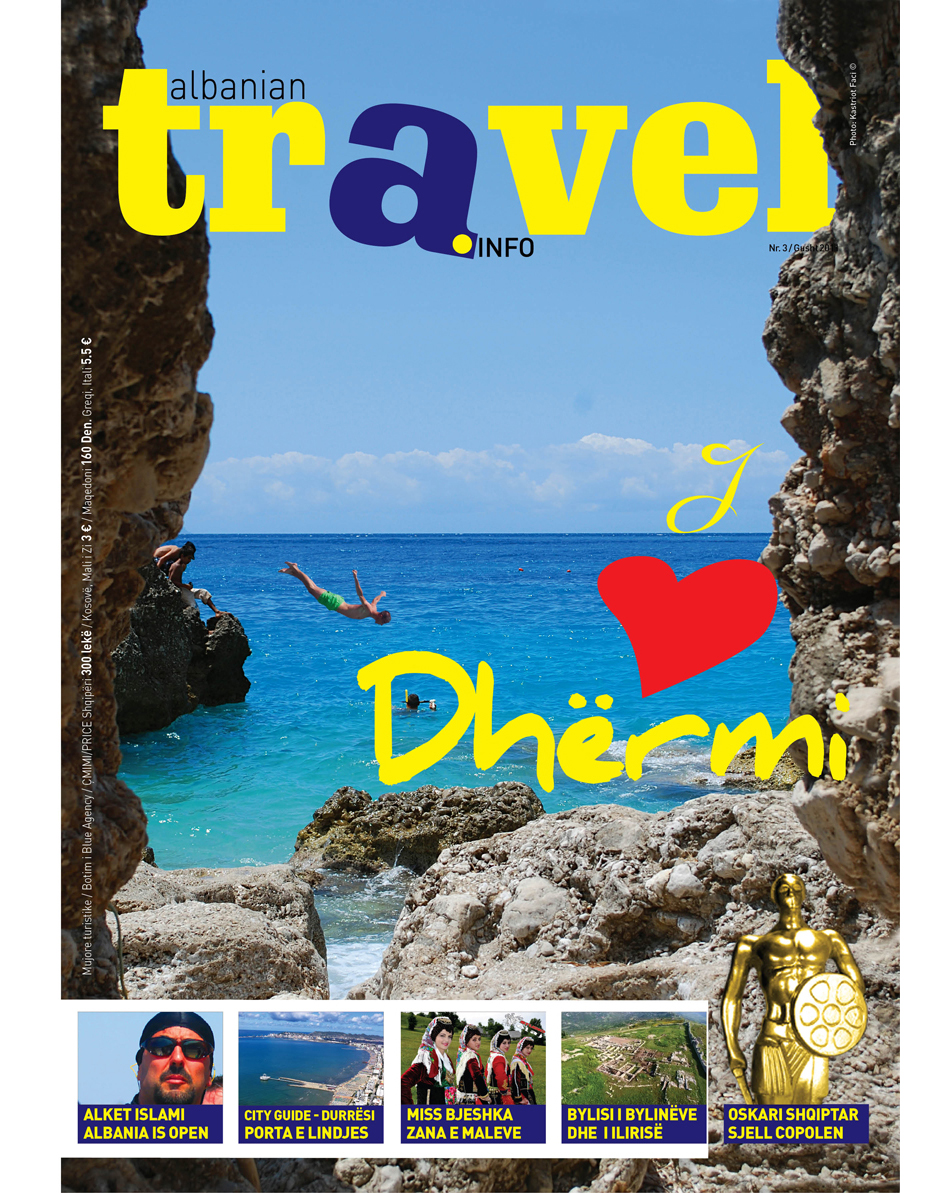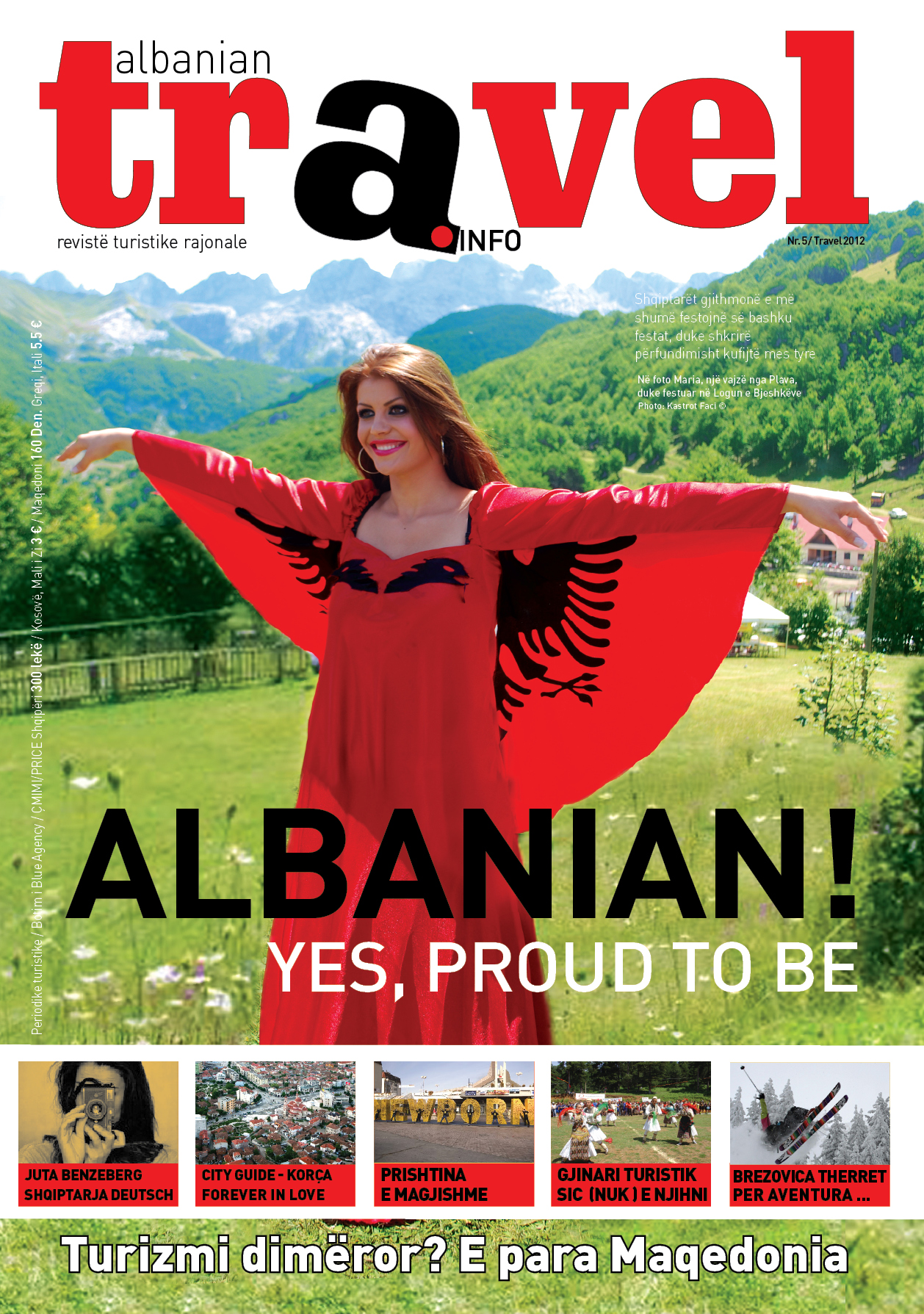Korca General Info
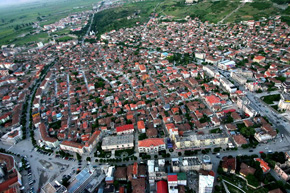
Korca, is a province of Albania, all to be visited, both culturally and for its natural values that are available through numerous monuments that nature has given to its surrounding provinces. Korca city and region are noted for specific facilities and environments with high tourism values. Korça offers tourists a rich cultural heritage in architecture, city planning, cultural monuments, etc. Specific foods in restaurants, drinks feature as wine, "Korca" beer, Korça’s vodka etc., make the city very attractive. Ecotourism is a special interest to nature lovers of the beautiful nature of Korça. This is a zippy and magic city of whos Romances has become known worldwide.
Geographical position, climate
Korça is the district with the largest level from the sea, in the country. Located in Southeast Albania, in the hills at the foot of Morava Mountain. It is bordered on the north with Pogradec and Macedonia, to the northwest with Gramsh, from west to Skrapar, from south to Kolonja and Permet, and from east to Greece. Its relief is flat and mountainous. There we find a combination of mountains with the fields, with hills, creating reilief forms. The main units are: hollow of Korca, Highland's Gore-Opar with five municipalities: Gore, Opar, Moglicë, Vithkuq, Voskopoja.
Korca climate is part of the area of continental character, with cold winters and a sharp increase in temperature during the summer. The coldest month is January with an average temperature 0.4 oC, while the warmest is August to 20.6 oC. During the winter the temperature is lower than 0oC.
History
It was proven by researchers that the area where today is placed the city, has been inhabited since the ancient times. Thus, on the outskirts of the city is found among other things an old grave-hill somewhere around 7 thousand years ago,with a 10:47-m of diameter and height 114 cm. In antiquity, Korça and its region were in Illyrian dynasty that stretched between the Osumi and Devolli river and partly in that of Enkeleas tribe. In Desardi have been known Illyrian cities; Pelioni, close to Devolli River in the Gorge of Cangonji, where today we find the name Pilur, Korrogu at a place called Shadow of the Raven, the village Kloce. Korça’s main river, at that time was called Eordao. There was placed Pelioni, which later takes the name Devoll
Korça is mentioned in historical documents for the first time in 1281, by order of the Emperor of Byzantium, which appoints Andrea Muzaka as administrator and gives him the top title despot. Another document, which gives us other details for Korça is the Prince of Muzakaj manuscript. He mentions several villages of Korca, as Sovjani, Viola, Opari, Moriani, Mazreku, Lavdari etc.. Korca at that time was a small center with a small field castle. Korça originally was born as small residential center, on the edge of the main streets, where were developed trading exchanges. At the end of XV-th century, Korça took the form of an urban center and in the XIX-th century, was established as a town. In XII-XIII-th centuries, Korca was under the rule of Muzakaj tribe, placed in the province of Opar. In 1382, Korça was conquered by the Ottoman Empire. Uprising breaks out in 1701 against Turkish evasion, in the province of Gore-Opar. After the year of 1820, started the patriotic movement. Naum Veqilharxhi published his first Albanian for beginners and Thimi Mitko published the "Albanian bees." In March 7, of 1887 it was opened the First Albanian Scool. Through the initiative of Korça patriotic, were established patriotic societies in Istanbul, Bucharest, Karjo. On October 22, of 1881 was opened the first school for the maidens from Sevasti and Gjerasim Qirijazi. It was a great victory of the National Movement.
Culture and ethnography
Korça is one of the most important cultural centers of Albania. The numerous museums in the city describe the cultural activity through the centuries. It is well known the first Albanian school in this city that dates back to 1887, Albania's first school for girls, as well as French High School, built in 1917. Although through the years the city has been invaded several times, foreign influences constitute a small portion of culture Korça. Korca has specific traditions and customs, which proves that the city has been an important focus of spiritual culture with variety of materials for our people. Two of the most important works of Albanian folklore, are "Albanian Bee" of Thimi Mitko and "Waves of the Sea 'of Spiro Dine.
Hospitality and Faith, are two virtues which make the Albanians proud. When the guest comes to the village or town, he is expected with all the best things, he sleeps in a specila room, the best of the house. For this noble custom of many ancient Albanians is fampus the popular saying "when you felt yourself in the most difficulty?" He replied: "When a friend came home and I haven’t been able to expect of them enchant properly".
Folklore. Every city, every province in the centuries has created its own culture. Thus, the people of Korca has created legends, tales, songs, proverbs, popular throughout the country. Of them are carrying out studies and various publications, which have become known and loved for the soul of Albanian and Korça inhabitants. Men's clothes are kilts, and a black tufted shoe on top. On the head they held white fesin. The women dressed in long woolen jacket and for the head, a headscarf.
Cultural monuments
Korça is rich with cultural monuments, which proves that the city has been in the past important source of material and spiritual culture of our people.
Albanian Medieval Art Museum
It is the only of its kind in Albania. It contains artistic objects material and spiritual values of our people, that go up to the medieval period. In the works are prominent Albanian pictors as Onufri, his son Nicolas, Zografi Athanas brothers, Constantine Jeromonakut from Voskopoja and by many others.
Archaeological Museum of Korca
It was established in 1985 and received extensive form after 1990. For its architectural values is declared monument of culture. This museum is set in a XIX century characteristic building. In this museum are exposed the archaeological assets of the eastern regions of Albania, where the main voice is of of Korça area.
Education Museum
It is set in the building where in March 7, 1887 was opened the first Albanian school or "Mësonjtorja”. This building was donated to the school by compatriot Terpo Diamant. In thia school have taught the patriots as Pandeli Sotir, Petro Nini Luarasi, Nuçi Naci etc.
Religion
The population in the district of Korca is mixed, Muslim and Orthodox. Once the city was divided into two parts of the river Mborje in Varosh, the eastern part where was the Christians part, and Kasabaja in the West, where Muslims lived. Now the former partition no longer exists. The residents of the two religions lived in harmony. Never noticed religious hostility strife between them. In Korca today are 9 churches, and 6 monasteries, such as the Monastery of St. Prodhomi in Voskopoja and St. Paul's, St.Peter in Vithkuq. The city has two mosques, the Minollari Mosque, built in 1496 and the New Mosque. There are 36 mosques in the villages and some small mosque in Turan, Melan, Vrëpckë etc..
Tourism
Korça is like a goldmine for the diversity it provides for every visitor. The most important cultural monuments of Korça are: Church of St. Ristozit, in Mborje, Churches in Voskopoja, Prespa National Park, the area of attractive landscapes and the potential for development of ecotourism, where the natural values intertwine with traditional, cultural and historical values. The Archaeological Museum of Korca, Resurrection icon of St. Lazarus. Also an amazing attraction to visit is Dardha, a mountain village between the mountains and forests, a rare natural beauty. Dardha offers a healthy climate and clean air. Greenery and the coolness of summer days, but with snow on winter, make it a favorite spot in all seasons of the year. Winter sports especially skiing enthusiast and attract tourists to Dardha. 25 km from Korca, on a top of a hill lies the village of Vithkuqi. The highest point is the Rrungaja Peak, with height of 1750 m. One of the attractions of this region is the Cold Water of Bellovoda, rich in minerals, is also known as White Water. Boboshtica Village is famous not only for the Mulberry raki (Albanian drink) production, but also works as wool covers, carpets, etc.. This village has two churches that present special interest with a number of very attractive afrescos.
Characteristic cuisine
The art of cooking is one more reason to stay and spend holidays in Korça region. To taste a meal with the fish products, accompanied with special wine of butt, or other special dishes of the region at the restaurants near of the lake or forests, is a great pleasure. It’s famous the Koran fish, which grows only at the lake of Pogradeci, very tasteful during all the year. Another part of cuisine to be tasted are the bird dishes. Wild birds and animals complete the oriental and European cuisine. In Voskopoja you will find the tradition of the baked meat of the lamb, the elaboration of cheese, sauce, curd, pickles, foils, different pies ect.
Voskopoja
Voskopoja is situated on a beautiful tableland, surrounded by high hills and pine and fir forests. It’s a very wonderful view from Saint Prodhomi where you can watch the peaks of Lenies and Ostrovica 2,246 m on the sea level. The fresh summer and the cold winter, the greenness, the fresh air rich of oxygen and the white winter landscapes will invite you to enjoy wonderful moments with your family and your friends. Voskopoja is an ancient center of habitation. It dates from 1330. the most developed period is on 1764 with 30 000 inhabitants. There were 24 churches with the most beautiful wall-paintings and now there are only 7 of those. Voskopoja has had a High Academy, Library, Printing house,
and artisan factory, which made it a very strong point of connection with Italy and Greece. The first moment of destruction was in 1769, the second, in 1789, the third in 1916. It keeps big values of the medieval arts. During the winter, is very active the field of the ski. Numerous visitors come from all Albania and frequent this magic place for sport and healthy treatment.
Dardha
Dardha is a mountainous village between mountains and forests., not far away from Korça, just 20 km in south-east, 344 m on the sea level. Dardha offers very healthy and clean climate. Greenness and freshness
of the summer days, also the winter with a lot of snow make it a very preferable place in every season. Among sources in this village it’s The Dirty Water (Uji i Qelbur) which serves for the therapy of the stomach diseases. All the houses are built by stones, and the people are very hospitable. If you come in Dardha you should not lose the pie with two baked foils in baking-pan. It is the speciality of the zone and is very tasteful. The baking of meat in this zone is characteristic and different from all other
places, out of the region.
Vithkuq
25 km away from Korça, on the top of the hill, is situated Vithkuqi. The highest point is the Peak of Rrungaja, 1750 m on the sea level. The cold water of Bellovoda is one of the most attractive point rich of minerals, called White Water. The Flora and the Fauna is rich especially of brown bear, lupine, vixen, fallow-deer, rabbit etc.The forests are rich of beech, quercius, black pine, fir etc. Offers healthy climate and different sports as trekking, climbing etc.
Boboshtica
Boboshtica village it’s famous not just for is mulberry brandy, but also and for the carpets, woolen-cover etc. There are two churchs , and different restaurants, where the baked meat is cooked in a very special way.
National Park of “The fir of Drenova”
Is situated in the region of Korça, 10 km far from the city of Korca on the back of the mountain of Morava. Its total area is about 1.380 hectares. Bozdoveci, Guri i Capit, Çardhaku, are the most attractive points. The entire park area is rich in water springs (Plaka, Shengjergji, Pllica) which appeal mostly to the visitors. Disposes big potentials of natural tourism and permanent development.
Climatic conditions
The park has Mediterranean climate, with cold winter and fresh summer. During the winter the snow is especially present. In the other seasons (spring, autumn) dominates the rain.
Flora and Fauna
The flora and fauna of this park is rich and various. The most dominant plants are the ash wood, which gives to this park tourists andenvironmental values. Here, also there is black pine, maple of mountain and the extremely rare taxus baccata. The Park is mostly inhabited by big mammals as the brown bear, the wolf, etc. the famous bear of Bozdoveci is declared Monument of Nature.
Sport and activities
This park has incomparable values for developing the eco-tourism, winter sports, mountain climbing, excursions etc. You can also exercise your passion of hunting or camping but before you have to ask about the appropriate place of these activities.
National Park of “Prespa”
Is situated in the region of Korça and Devoll, 45 km far from the city and it has a surface of about 27.750 hectares. Stuated at the cross border of Albania, Greece and Macedonia, it consists of both lakes Big Prespa
and Small Prespa as well their reservoirs of water, included mountain and the forest.
The Lake of Big Prespa and the Lake of Small Prespa are part of the Balkan Park of Prespa, by an agreement signed by the respective Prime Ministers. There is potential for development of echo-tourism, recreation, sportive fishing, gathering and trading of medicinal plants, familiar tourism, bird watching, blue tourism, aquatic sports etc. This area is very rich in cultural values. Worth mentioning is the eremitic
churches of Byzantine Age and the cave of Treni, located in the lake of Small Prespa. Here are discovered settlements of the early age of bronze, where the castle of Trajan is among the largest prehistoric place of this district, build up in the 8th century BC and the church of Saint Mary built up in the island of Maligrad in 14th century.
Climatic conditions
The zone has continental climate, with cold snowy winter and fresh summer. The temperatures go from 30-33 garde on summer, till -20 grade on winter. The temperature of the lakes in summer is 24 grade Celsius and in the winter 0-4 grade Celsius .
Flora and fauna
The Flora and the fauna are unique. The sides of Mali i Thate are covered with alpine and sub alpine pastures and with beech forests. Pelicanus Crispus is one of the most special species. The Prespa lakes with
49,5 km2 has a tectonic and karst origin.Tthe depth is 54 m. e kinds of fish grow here. In the park grow a big number of animals, most of them rare. Also the Park is important for different kind of birds, especially for the species in risk of abolition. In the area of Prespa we find the rare White Pelican. In risk of abolition is also some animal as lutra lutra.
Sport and activities
The varieties of the nature give you the possibility to exercise a lot of sport and other activities. So who wants to fish, to trek, to climb, to hunt (during the hunting season) to kayak, to row and many other things, can normally visit Prespa National Park and will find all these pleasures. The surrounding mountains will offer you amazing panoramas.
The monuments of nature
Geo-monuments
The Cut stone. Gurrazez, 1300 m above the sea level. My top 16 m high, with round shape, created by erosion. Moglicë-Zhepa-Gurrazez itinerary.
The Capi’ stone (Billy goat). The National Park of Drenova Fir. Represents a conglomerate-sandstone block, with 25 m of length, width and height to 10 m and the reduced form of the camel was created by erosion and wind. Korçë-Drenovë-Bozdovec itinerary.
The Cut stone. Gurrazez, 1300 m above the sea level. My top 16 m high, with round shape, created by erosion. Moglicë-Zhepa-Gurrazez itinerary.
The Capi’ stone (Billy goat). The National Park of Drenova Fir. Represents a conglomerate-sandstone block, with 25 m of length, width and height to 10 m and the reduced form of the camel was created by erosion and wind. Korçë-Drenovë-Bozdovec itinerary.
The Pyramids Zhomborit’s Earth. Moglicë, near the village in the valley of the stream of Zhaborit, 600 m above the sea level. It is 2-3 m high and 1.5 to 2 m wide. Represents the remains of erosion. Maliq-Lozhan-Moglicë itinerary.
The earth-dunes of Moglica, Old Moglica. Represents the degraded landscape of flysh used by the human factors. Maliq-Lozhan-Moglicë itinerary.
Maligradi’s Island. Situated in the Big Prespa Lake, 900 m above the sea level, 700-800 m long, 180-200 m wide. It ss built from limestone and composed by the waste of grabeni’s swamping of Prespa. On the southern Cave of the coast, is located a church of XIVth. century. Korçë-Liqenas itinerary.
The Fossils’s graveyard of Crete in the lower Voskopoja. about 1000 m above the sea level. The fossils appear in an area of 1000 m2. Korçë-Voskop-Voskopojë itinerary.
The angular discrepancy of Polena. Rrëzë, 900 m above the sea level. It shows the angular discrepancy between oligocenic molassa and limestone of Mirdita area. Has been studied by Prof. V. Melo and E. Dodona. Korçë-Polene itinerary.
The cavity of Zaveri. Situated on the western shore of Big Prespa Lake, near the village of Gorica e Vogel. Formed at the junction of two tectonic breakings. Near by, penetrate the waters of Prespa which comes out from Lake Ohrid. Still unexplored. Korçë-Goricë itinerary.
Hydro-monuments
The source of water and combustible gas. In Polen, 910 m above the sea level. It comes out according to the tectonic separation 5 m long and to 2 m wide, associated with combustible gas. Geological science has value, teaching, tourism. Korçë-Polene itinerary.
Bio-monuments.
The Oak-trees of St. Thanasi.
The Oak-trees of St. Thanasi.
The Red Elm-tree in Lenie
The oak-trees of the Monastery.
The Trees of Dishnica.
The pine-tree forest of Shëndëllia.
The plane-tree of the City.
The Forest of Osoj-Bakull.
The pine forest of Voskopoja.
The pine-tree of Makreza.
The Fir of Çardaku’s Source.
The beech forest of Protopapa in Opar.
The Lime-tree of Shënpjetrit in Vithkuq.
The Poplar-tree of Gjyrasi.
The Mixed forest of Maliq.
The beech forest of Bofnja.
The trees of Kallamasi.












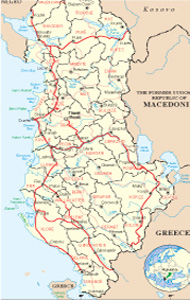




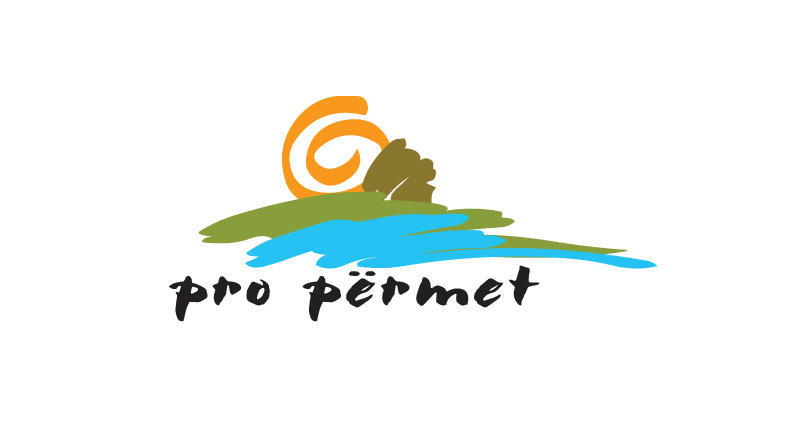
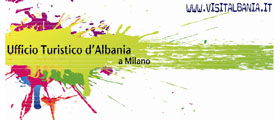
.jpg)
